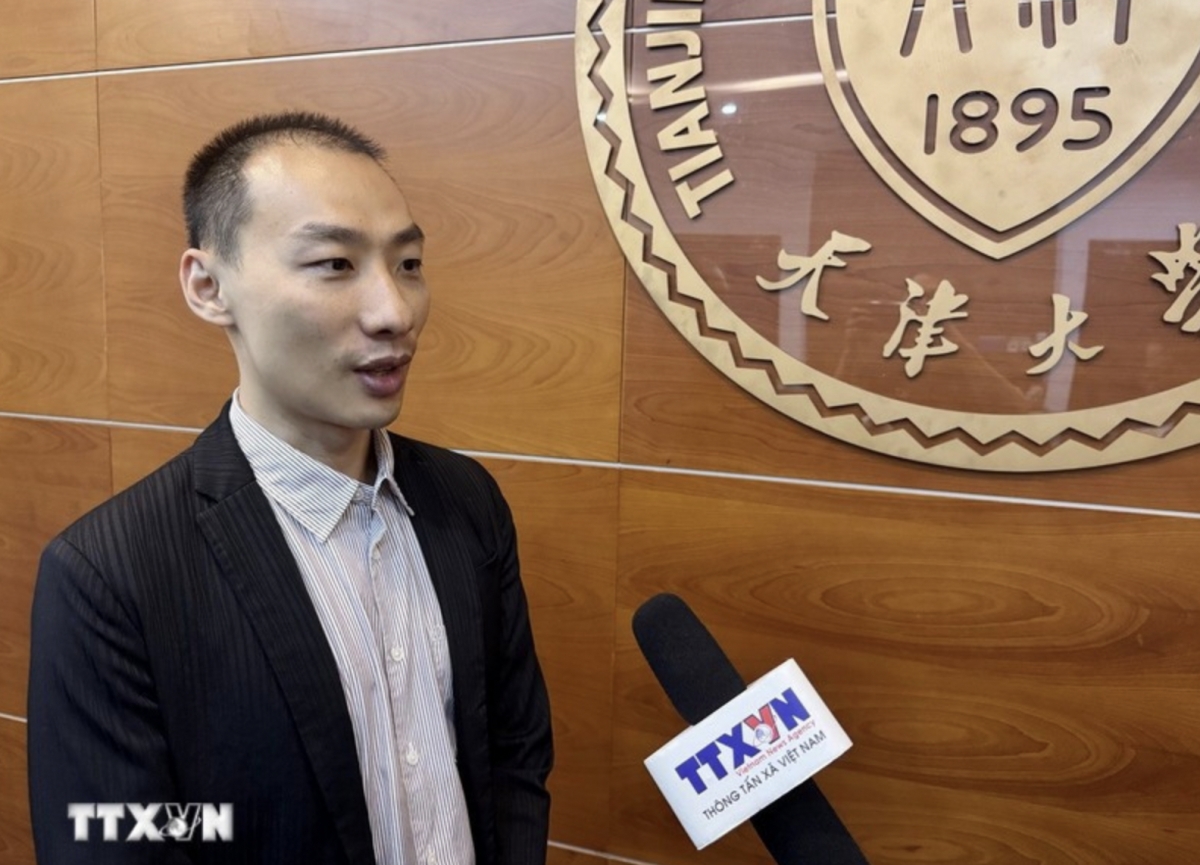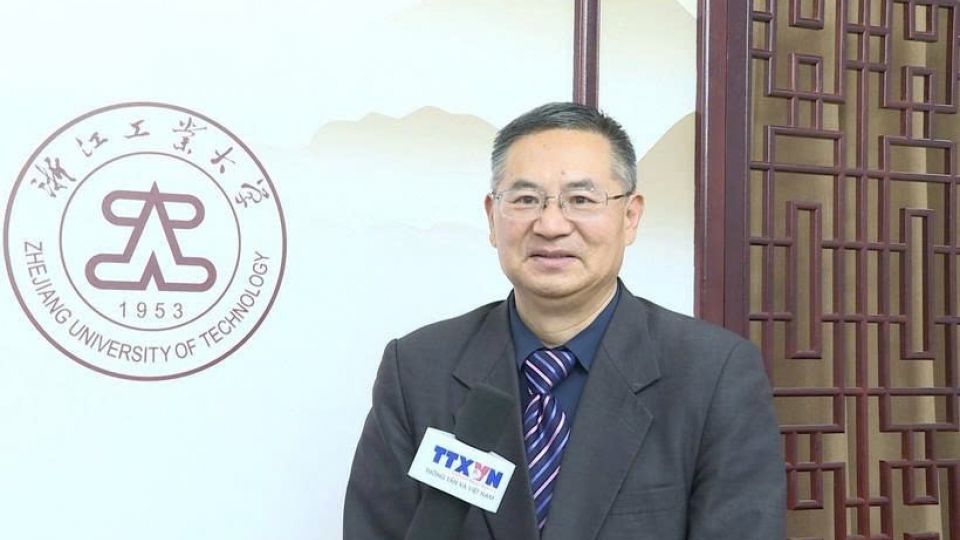Vietnam’s two-tier local government model to bring long-term benefits
Vietnam’s bold move to merge 63 centrally governed provinces and cities into 34 units and adopt a two-tier local government system will bring about medium-term benefits, according to Associate Professor Li Junkai from the Institute for Global South Studies under Tianjin University.

In an interview with the Vietnam News Agency (VNA) correspondents in Beijing, Li described the reform as a structural overhaul motivated by constitutional amendments.
By eliminating district-level administrations and consolidating provinces, the reform aims to modernise governance and reduce administrative costs. It reallocates financial and human resources to stronger provincial-level governments. Public services previously handled at the district level will now be delivered directly to wards and communes, facilitated by digital government platforms for seamless integration. Li compared Vietnam’s approach to regional reforms with France and China. He held that Vietnam’s complete elimination of district-level governments represents a more thorough restructuring. This reflects strong political determination and a broad national consensus on political reforms.
Assessing the future impact of these changes, he noted that the newly merged provinces and cities will possess greater capabilities and more complete functions. Centralised financial and investment decision-making will enable increased allocation of resources to infrastructure, social welfare, and the digital economy—areas often constrained by redundant administrative structures.
The merger of provinces in northern and central Vietnam will result in unified planning for seaports, railways, and industrial zones. It will also strengthen connections with southwestern China and neighbouring countries in the Indochina Peninsula. From a public service perspective, if the "One Province, One Cloud" digital platform functions effectively, it will facilitate inter-provincial data sharing like for citizen ID, health insurance, and land records, thereby simplifying administrative procedures for citizens.
The Chinese scholar observed that if Vietnam sustains adequate policy support, the country could realise economic efficiencies similar to those of France and China.
Li highlighted Vietnam’s growing momentum in export-oriented manufacturing, the digital economy, and green energy. He argued that if the administrative simplification is effectively implemented, it could reduce institutional transaction costs, create clearer provincial-level investment channels, and foster a more favourable policy environment. This, in turn, could attract investment from both domestic and international partners, particularly those from the Global South, in areas such as renewable energy, smart agriculture, and digital port infrastructure.
He also cautioned that successful reform will require the government to listen to public opinions, balance development opportunities between major cities and local communities, integrate local identity into regional development strategies as France has done, and bridge the urban–rural gap through digital governance tools, as seen in China.
The effective execution of Vietnam’s reforms could not only consolidate its current economic growth trajectory but also serve as a potential governance model for other low- and middle-income countries, and play an important role in the collective development of developing countries, he said.




